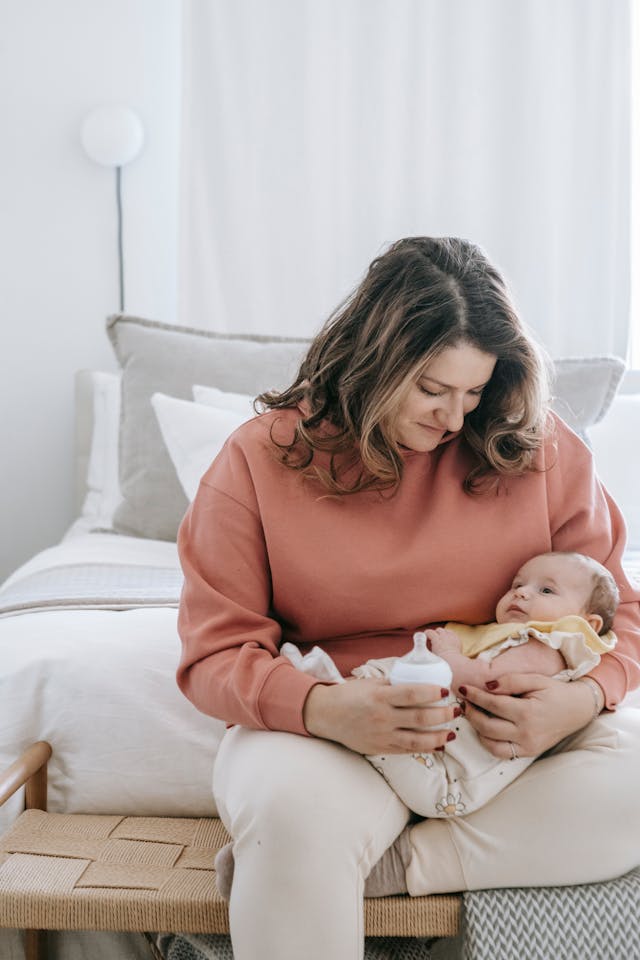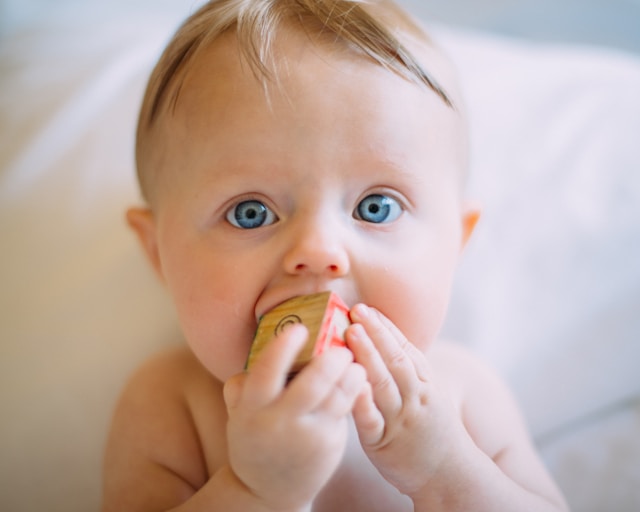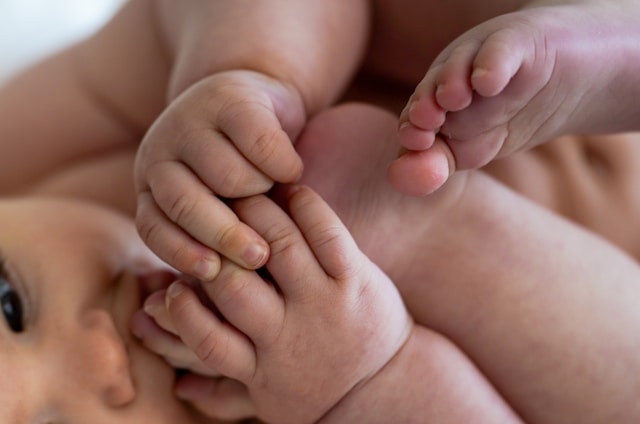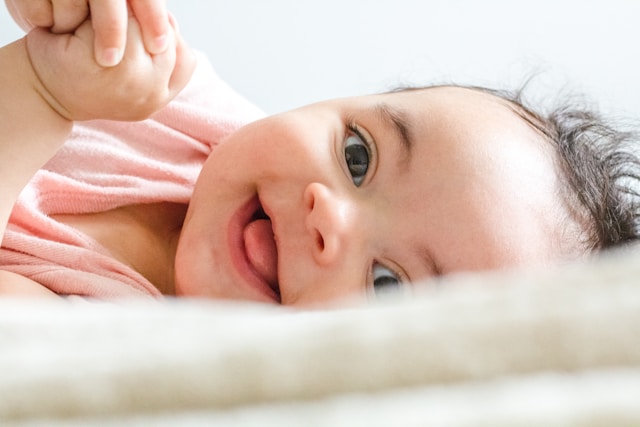Babies are adorable; there is no doubt about that.
And while they may not talk or do much of anything, yet, you might be surprised at what a baby can do that an adult cannot!
For instance, babies can breathe and swallow at the same time, see things adults cannot, experience all the senses at once, stop breathing, and do things with their bodies that adults certainly cannot.
Let’s explore in more detail what a baby can do that an adult cannot.
Five Things a Baby Can Do that an Adult Cannot

Other than flail their limbs and make precious cooing sounds, babies don’t really do much.
Yet, there are some surprising things a baby can do that an adult cannot. Let’s take a look.
1. Babies Can Breathe and Swallow at the Same Time

When babies are born, they must be able to feed immediately without choking.
To feed successfully, they must suck, swallow, and breathe simultaneously.
Thankfully, babies’ throat structure differs from adults’ anatomy enough that they can breathe and swallow at the same time while preventing liquids from entering the airway.
Infants are born with a voice box (larynx) located at a higher position than adults. This variation allows the esophagus and trachea to be closer to each other.
In adults, the larynx is placed lower in the throat. This makes the space between the esophagus and the trachea wider.
So, to prevent food and liquids from entering the airway and avoid the risk of aspiration and choking, adults must pause breathing when swallowing, which is an automatic response.
Read more:
- Pack Smart: Hospital Bag Tips For First-time Mums
- What Happens If A Baby Drinks Spoiled Formula Milk?
- Transitioning From Swaddle to Comforter Without Tears
- What Parents Appreciate About Wide-Neck Bottles For Care Comfort
2. They Can See Things that Adults Cannot

According to Susana Martinez-Conde for the Scientific American, “three- to four-month-old babies have a striking ability to see image differences that are invisible to adults.”
Babies can notice changes in illumination, or other environmental conditions, in images or items that adults cannot.
Babies have not yet developed perceptual constancy, “the mechanism that allows you to recognize an object as being the same in different environments, and under very diverse lighting conditions.”
As such, they may consider the same object or person as different simply based on whether a cloud casts a shadow over it or not.
Over time, at around five months, babies’ brains develop enough to perceive which differences are important and which to abandon.
3. Babies Can Smell, Hear, Feel, Taste, and See Simultaneously

Everything a baby experiences, they do so in its entirety!
Babies are constantly bombarded with stimulation, which they experience more intensely than adults do because it is all new to them.
Each unique experience is felt as one full and complete sensation.
Therefore, when a baby hears a sound, they connect it to the sights, smells, flavors, and tactile sensations also happening around it.
This is called synesthesia, “a phenomenon that causes sensory crossovers.”
Over time, babies’ brains mature and grow out of this phenomenon, leaving adults unable to experience all the senses at once.
Some children, however, may continue to experience synesthesia into adulthood. In such cases, it may be a symptom of a brain-related condition.
4. They Can Do the Splits, Suck Toes, and Put Legs Behind Their Ears

Upon birth, babies’ bones are mainly made of flexible cartilage; therefore, they don’t break as easily.
It seems that the younger you are, the more flexible your bones are, and the more flexible your body is.
It is this flexibility that allows babies to adorably do the splits, suck their toes, and put their legs behind their ears; something that adults with our rigid bones and bodies cannot do – well, unless you’re a contortionist!
5. Babies Can Stop Breathing

As frightening as it may be to witness, babies can take long breathing pauses called “periodic breathing,” which can appear as if they’ve stopped breathing.
Babies are born with an immature respiratory centre in their brainstem, the place that controls automatic breathing reflexes.
As such, it is normal for infants to breathe erratically.
They may take long pauses in breathing, between 3-10 seconds, then make up for them by breathing quickly afterwards.
For comparison, adults typically take 12 breaths per minute, each lasting relatively the same amount of time.
Therefore, it can be said that babies stop breathing sometimes, something adults cannot do.
Sources
https://cdn.mdedge.com/files/s3fs-public/jfp-archived-issues/1982-volume_14-15/JFP_1982-09_v15_i3_comparison-of-the-adult-and-infant-laryn.pdf
https://airway.umn.edu/larynx/pediatric-airway
https://pubmed.ncbi.nlm.nih.gov/33179415
https://pmc.ncbi.nlm.nih.gov/articles/PMC2597750
https://www.scientificamerican.com/blog/illusion-chasers/what-little-babies-see-that-you-no-longer-can
https://my.clevelandclinic.org/health/symptoms/24995-synesthesia
https://www.sciencedirect.com/science/article/abs/pii/S0034568701002493
https://alasdairmunro.substack.com/p/the-weird-things-babies-do-that-no

